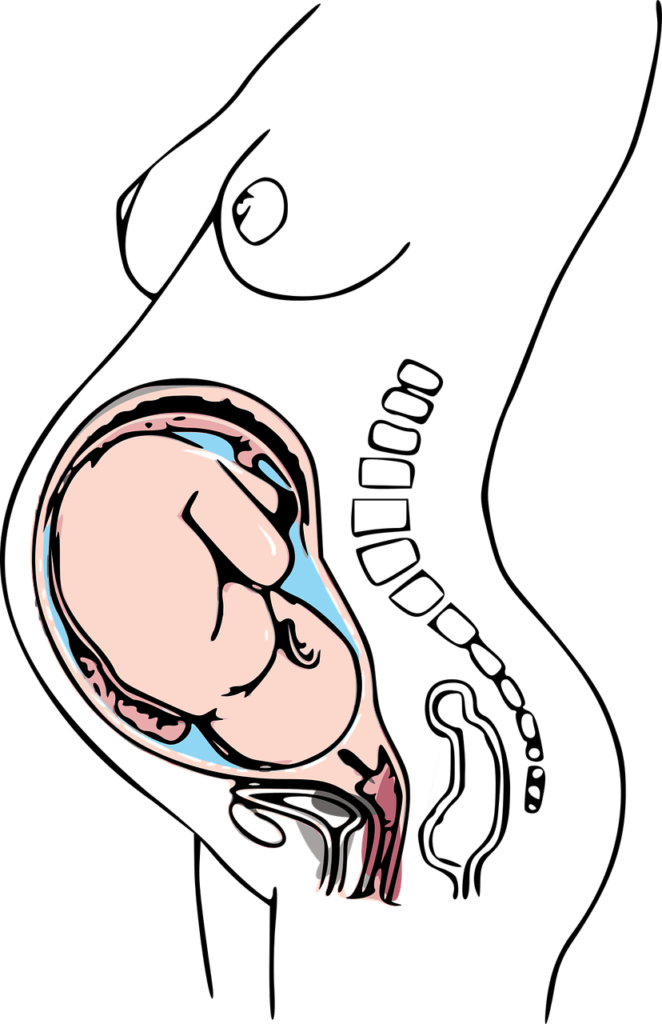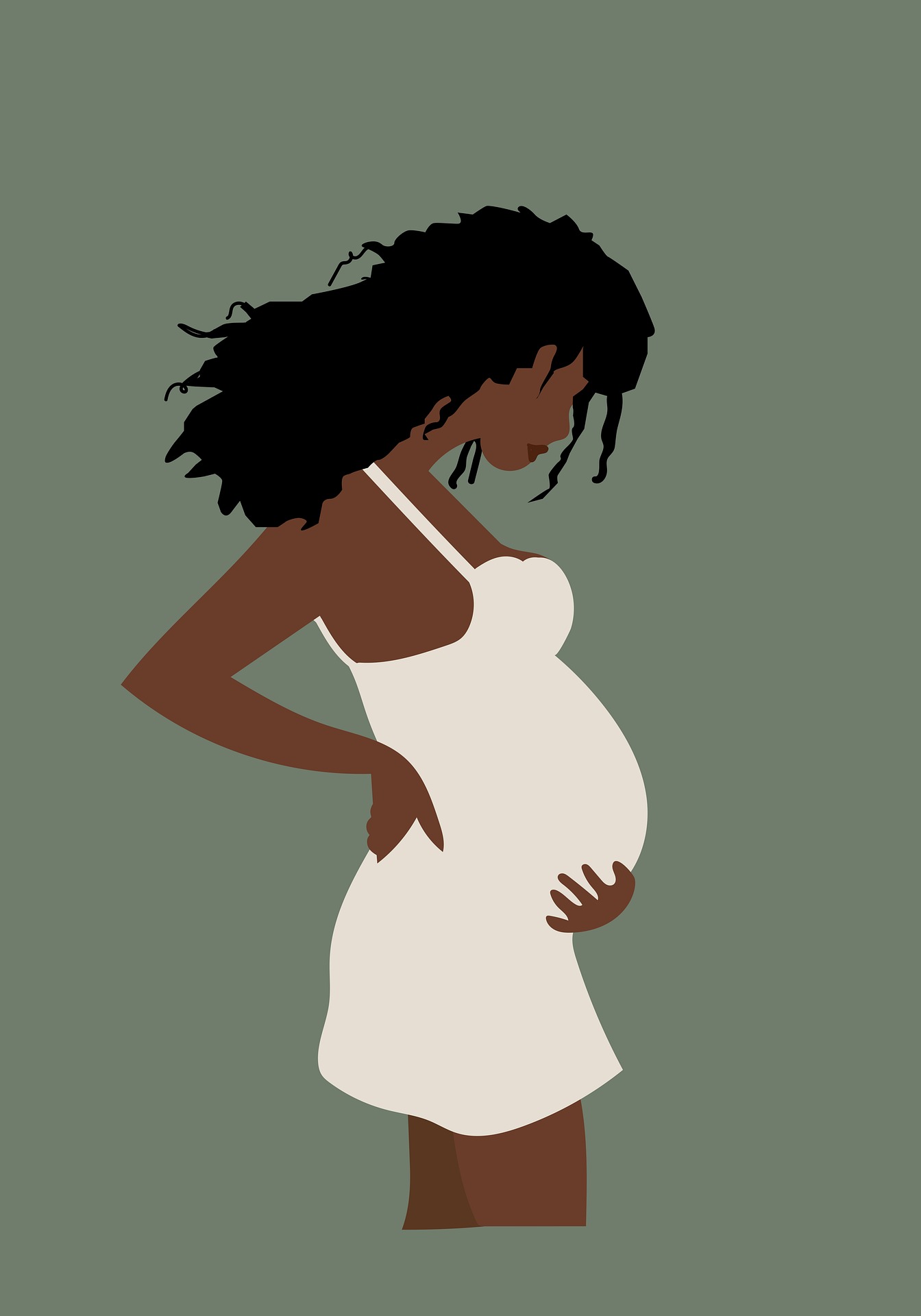Top 5 Tips for Managing Pelvic Pain During Pregnancy
As an expectant mother, you have already experienced a rollercoaster of body and emotional changes. Morning sickness, weight fluctuations, swollen limbs, gestational diabetes, and now, pelvic pain?
If you are dealing with some form of pelvic pain during pregnancy, don’t fret. Research by Pubmed revealed that about 72% of women struggle with pelvic pain during pregnancy.
Let’s face it: pelvic pain can be a pain in the backside. Oops! I said it literally because, well, the pain leaves you helpless and hurt.
What causes pain in the pelvis during early pregnancy, and what are the symptoms of this pain? How can you manage pelvic pain, and what are the frequently asked questions on pelvic pain during the third trimester?
This article will answer all these questions about pelvic pain that you might experience during prenancy. And many more. Without further ado, let’s hop in.
What are the Symptoms of Pelvic Pain During Pregnancy?

You can easily notice pelvic pain during pregnancy, the sharp and unpredictable pain that strikes your pelvis due to the symptoms.
These are the most common symptoms of pelvic pain that pregnant women face:
1. Pelvic Girdle Pain
Pelvic girdle pain (PGP), commonly known as symphysis pubis dysfunction (SPD), is a combination of many symptoms that lead to pain in the pelvic area.
Weight gain as a result of pregnancy causes fluid to accumulate in the pelvic region, making the ligaments loosen. Additionally, the growing uterus contributes to pain in the pelvis.
You are likely to experience pelvic girdle pain when leaving bed and using the staircase.
2. Pelvic Floor Pain

When the pelvic floor is stretched, you experience excruciating pain in the lower back and perineum. Tension and pressure is a major cause of pelvic floor pain during pregnancy.
3. Pelvic Bone Pain
During pregnancy, the joints in the pelvis move more.
As the bones move rapidly, you might experience a false “pain” above the vulva and around the tailbone.
What Causes Pelvic Pain During the First Trimester?
You might wonder why your pelvic bones feel like they are about to pop out during the first trimester. The words “pelvic pain during pregnancy first trimester” sound far-fetched.
The primary cause of pelvic pain during the first trimester is a rare hormone called relaxin.
How can a mere, rare hormone cause pelvic pain during pregnancy? This is a concern that pregnant women raise all the time.
The relaxin hormone creates space for tendons around the pelvis to relax in readiness for birth.
The instant relaxation of tendons leads to excruciating pain, which may spread from the hips to the pelvic region.
Does the relaxin hormone stop causing havoc after the first trimester? Unfortunately, no. Your body will continue to produce the hormone until the end of the pregnancy.
How Can I Relieve Pelvic Pain During the First Trimester?
These are the five ways to help you relieve pelvic pain during the first trimester.
I. Chiropractic Care
Chiropractic therapy is gaining a lot of popularity due to its efficacy in alleviating pelvic pain.
The therapy involves having a chiropractor adjust and manipulate your spine and pelvic region to relieve any pressure and pain build-up. Let your doctor help you choose the right chiropractor.
II. Pregnancy Support Garments
As your body adjusts to accommodate the growing belly during pregnancy, the pelvis becomes painful. Using pregnancy-friendly garments such as maternity belts, compression pantyhose, and belly bands would help you suppress this pain.
III. Exercise and Stretching
Forget about the doomsayers who warn you against exercising during the first and last trimesters. This alarmist advice leaves you paranoid. If you are paranoid about exercising when pregnant, seek the advice of a doctor.
Several exercises help stretch your stomach, pelvic floor, and hip muscles during pregnancy.
These exercises include swimming, water aerobics, simple workouts, and prenatal yoga.
IV. Prenatal Massage
Have you considered going for a prenatal massage to alleviate pain in the pelvis? It is prudent to get prenatal massage during pregnancy from time to time. The massage alleviates pain and discomfort that might develop in several areas, including the pelvic region.
V. Pregnancy Pillows
As your body adjusts itself to accommodate the stranger forming in your uterus, it becomes increasingly hard to find the right sleeping position.
Why should you struggle with sleep due to an aching pelvis when expectant? Have you tried the comfy and safe pregnancy pillows that relieve pelvic pain during pregnancy? All you have to do is place the pillows between your thighs, and the pain vanishes.
Pelvic Pain During Pregnancy Second Trimester
During the second trimester, the relaxin hormone triggers joints around the pelvis to move more, resulting in pain.
As the fetus grows, the pelvic floor muscles become strained. Consequently, your back starts to ache, affecting your spine.
How to Relieve Pelvic Pain During Pregnancy: Second and Third Trimester
You can use the five tips for relieving pelvic pain in the first and last two trimesters.
Your doctor may advise you to avoid sleeping on the back since it reduces oxygen supply to the unborn baby and exerts excess pressure on the pelvis. Instead, they might advise you to sleep on the right where there is minimum pressure.
Your doctor will also advise you to avoid high heels during the second trimester since it increases pain in the pelvis. As for the third trimester, your feet will be too heavy to walk on heels.
Another tip to alleviate pain during the second and third trimester is to take a warm bath to numb the lower abdomen and pelvic region.
Should I Consult a Doctor for Pelvic Pain During Pregnancy?
Although pelvic pain during pregnancy is normal, at times, the pain might become unbearable. If you experience these symptoms, see a doctor immediately:
- Fever
- Chills
- Bleeding
- Persistent nausea and vomiting
- Excruciating pain
- Sudden swelling of hands, feet, and face.
Emergency Pregnancy Complications That Cause Pelvic Pain
If you are suffering from any of these complications causing pelvic pain, see a doctor immediately:
a) Preeclampsia
The Preeclampsia Foundation of America revealed that between 5% and 8% of all pregnant women experience preeclampsia, making them excrete protein in their urine and develop high blood pressure.
Preeclampsia during pregnancy also constricts blood vessels in the uterus, reducing blood and nutrients flow to the unborn baby.
Blurred vision, high blood pressure, headache, and lower abdominal pain around the pelvic bones are the most common symptoms of preeclampsia during pregnancy.
b) Uterine Fibroids
Fibroids are noncancerous growths in the uterine wall, contrary to rumors that they are the first sign of cancer.
Fibroids grow bigger and more during pregnancy, making pregnant women scared for their lives and that of the unborn baby. If you notice abnormal growth during pregnancy, talk to your doctor immediately for advice and medication.
Your doctor will most likely prescribe medication since removing them might result in excessive bleeding.
c) Placenta Abruption
During pregnancy, the placenta implants itself on the upper uterine wall, holding the baby in place until birth.
However, in some cases, the placenta might detach from the uterine wall, putting the life of the mother and baby at risk.
When this unfortunate event happens, your pelvis develops unbearable pain and, in some cases, forces you into preterm labor.
Depending on the stage of pregnancy, you might deliver naturally or through a caesarian section.
d) Ectopic Pregnancy
One out of 50 pregnant mothers have tubal or ectopic pregnancy. Ectopic pregnancy or tubal pregnancy occurs when the fertilized ovum (ova) attaches to the fallopian tube.
Women with ectopic pregnancy might experience excruciating pain and bleeding from time to time.
Given that ectopic pregnancy can be considered “abnormal,” pregnant women should get medical help as soon as possible. Depending on the stage of the ectopic pregnancy and the risk it poses, the doctor can recommend specialized treatment or termination of the pregnancy.
How to Sleep With Pelvic Pain During Pregnancy
Many expectant mothers keep bringing up the question of how to sleep comfortably with pelvic pain during pregnancy. The best way to sleep when dealing with pelvic pain during pregnancy is sideways.
Place a pillow under the growing belly to keep it in place and stop the spine from twisting.
Supporting the upper leg right from the ankle to the hip joint alleviates pain and discomfort in the pelvic region.
If you have more pillows, place them between the knees for optimal comfort in the pelvic area, lower back, and hips.
Since rolling over is the best way to get out of bed, you should be mindful of how you do it. Placing a pillow between the knees is the best way to minimize pain when waking up. The pillow aligns the pelvic bones better, suppressing any common chronic pain during pregnancy.
Bottom Line
Pelvic pain during pregnancy is not a walk in the park but should not keep you grounded. The five tips in the article will help you maneuver through the discomfort of numbing pain in the pelvic region. You will now deal with the baby kicking, swelling legs, and Braxton Hicks during pregnancy.



